A new nanotechnology promises to make future concrete stronger and more resilient.
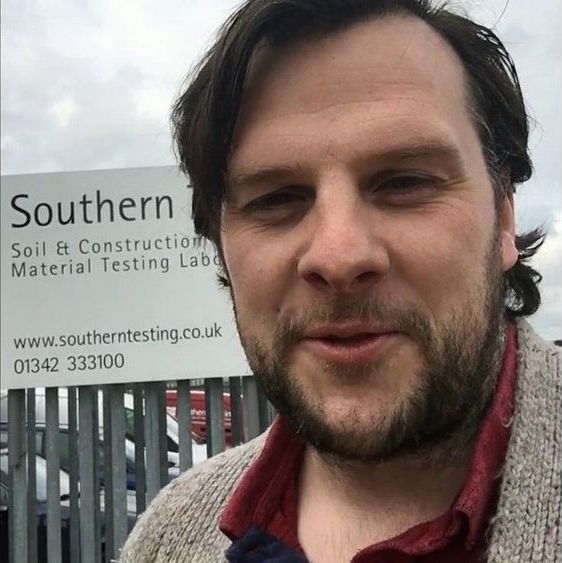

A new nanotechnology promises to make future concrete stronger and more resilient.
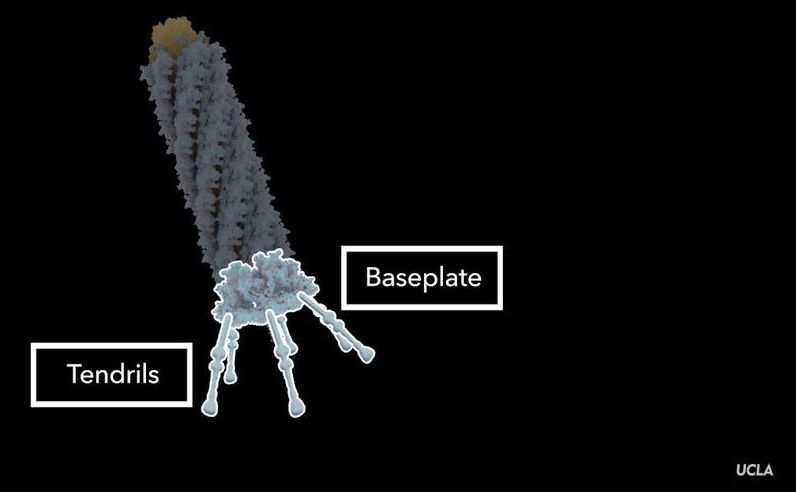
Scientists are one step closer to adapting the bacteria-killing power of a naturally occurring nanomachine, a tiny particle that performs a mechanical action.
In a study published in Nature, a UCLA-led team of researchers describe how the nanomachine recognizes and kills bacteria, and report that they have imaged it at atomic resolution. The scientists also engineered their own versions of the nanomachine, which enabled them to produce variations that behaved differently from the naturally occurring version.
Their efforts could eventually lead to the development of new types of antibiotics that are capable of homing in on specific species of microbes. Drugs tailored to kill only a certain species or strain of bacteria could offer numerous advantages over conventional antibiotics, including lowering the likelihood that bacteria will develop resistance. In addition, the tailored drugs could destroy harmful cells without wiping out beneficial bugs in the gut microbiome, and they could eventually offer the possibilities of being deployed to prevent bacterial infections, to kill pathogens in food and to engineer human microbiomes so that favorable bacteria thrive.
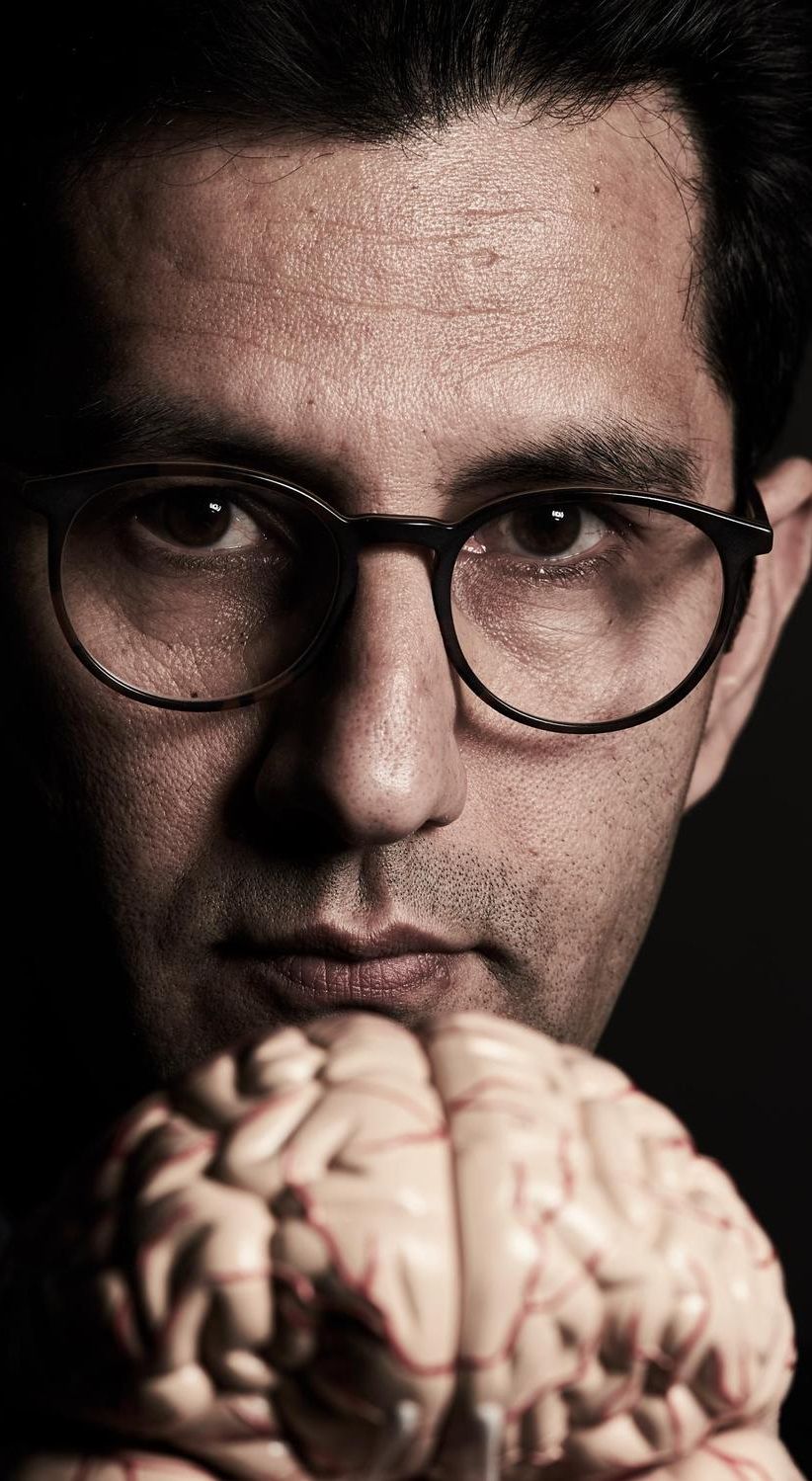
Department of Engineering, Aarhus University, is coordinating a FET-Open backed project to build an entirely new AI hardware technology using nano-scale spintronics that can radically change the way in which computers work. The project will develop a neuromorphic computing system using synaptic neurons implemented in spintronics: a novel AI hardware that can set a framework for AI software in a physical system built like a human brain, upping computer performance by up to 100.000 times.
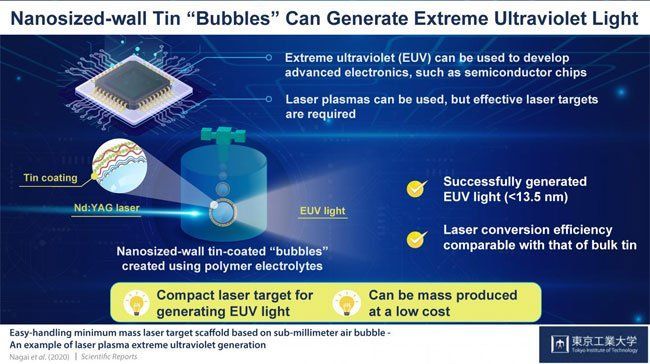
Scientists at Tokyo Institute of Technology (Tokyo Tech) have generated low-cost extreme ultraviolet (EUV) light by creating tin thin-film spheres using a polymer electrolyte “soap bubble” as a template and irradiating it with a laser.
#EUV #photonics
The team from Tokyo Tech, working with colleagues from University College Dublin, set out to find efficient, scalable, low-cost laser targets that could be used to generate EUV. The scientists created a tin-coated microcapsule or “bubble” — a low-density structure weighing as little as 4.2 nanograms and with a high level of controllability. For the bubble, they used polymer electrolytes, which are a dissolution of salts in a polymer matrix. The salts act as surfactants to stabilize the bubble.
The scientists coated the bubble with tin nanoparticles. “We produced polyelectrolyte microcapsules composed of poly(sodium 4-styrene-sulfonate) and poly(allylamine hydrochloride) and then coated them in a tin oxide nanoparticle solution,” professor Keiji Nagai said.
To test the bubble, the scientists irradiated it using a neodymium-YAG laser. This resulted in the generation of EUV light within the 13.5-nm range. The team further found that the structure was compatible with the conventional EUV light sources that are used to manufacture semiconductor chips.

Among the ongoing mysteries surrounding last week’s arrest of Harvard University nanoscientist Charles Lieber is the precise nature of the research program Lieber was conducting in his cooperation with Chinese researchers.
Lieber was arrested on 28 January on charges of making false statements to U.S. law enforcement officials and federal funding agencies about a collaboration he forged with researchers in China. He was released two days later on a $1 million bond. An affidavit outlining the charges against Lieber notes that in January 2013, he signed an agreement between Harvard and Wuhan University of Technology (WUT) in China. According to the affidavit, “The stated purpose of the agreement, which had a five-year effective term, was to ‘carry out advanced research and development of nanowire-based lithium ion batteries with high performance for electric vehicles.’”
Officials at WUT have not responded to requests for comment on their agreement with Lieber. But it outlines just the kind of high-tech work that U.S. prosecutors involved in efforts to investigate Chinese attempts to acquire advanced technology from U.S.-based researchers say they are concerned about. They allege that the Chinese government has used such collaborations to improperly take advantage of the federally funded research enterprise, and gain an edge in economic and military advances.
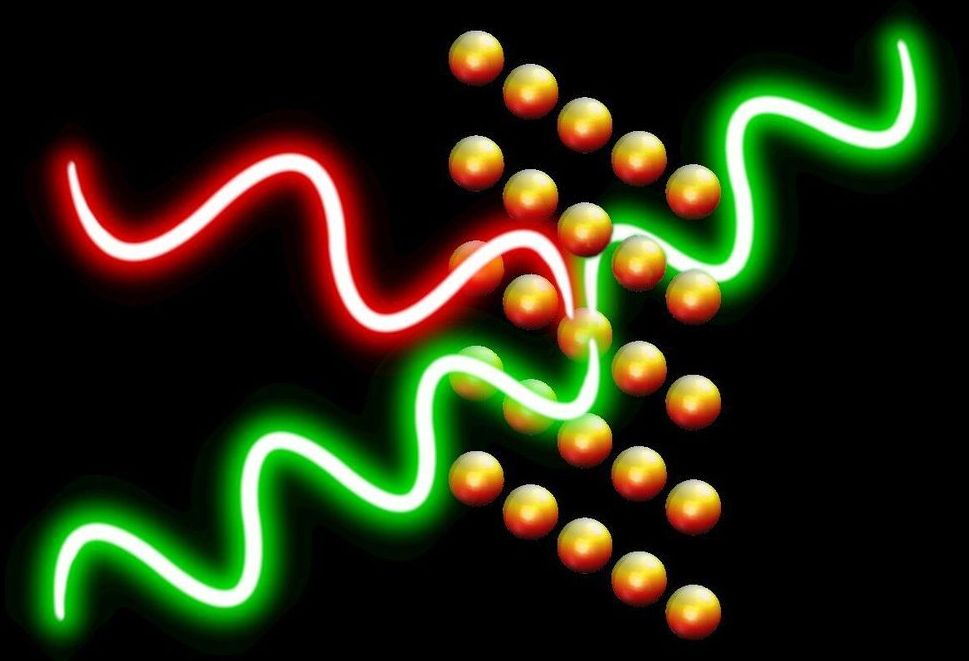
:oooo.
Metasurfaces are artificial materials designed at the nanoscale, which can control the scattering of light with exceptionally high precision. Over the past decade or so, these materials have been used to create a variety of technological tools ranging from sensors to lenses and imaging techniques.
A research team led by Mikhail Lukin at Harvard University has recently proposed a new type of metasurface that can control both the spatiotemporal and quantum properties of transmitted and reflected light. In a paper published in Nature Physics, the team showed that realizing a quantum metasurface is possible and could be achieved by entangling the macroscopic response of thin atom arrays to light.
“Quantum metasurfaces are an entirely new type of materials designed atom by atom, which enable applications such as quantum computation with photons,” Rivka Bekenstein, the lead author of the recent paper, told Phys.org. “We combined a state-of-the-art technique for manipulating the state of many atoms by long-range interactions (i.e., Rydberg interactions) with a recent discovery of how a single sheet of atoms can reflect light. We identified an architecture that can be realized in the laboratory, in which a single layer of atoms can act as a switchable quantum mirror.”
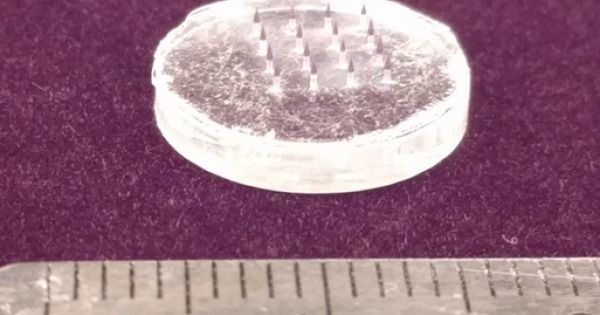
You really can not make this up The Bill and Melinda Gates Foundation has donated more than $21 million towards developing a vaccine technology that uses a tattoo-like mechanism which injects invisible nanoparticles under the skin that is now being tested in a vaccine against the virus that causes COVID-19.
Another study funded by the Bill and Melinda Gates Foundation and published in December, 2019 by researchers from the Massachusetts Institute of Technology, the Institute of Chemistry of the Chinese Academy of Sciences in Beijing and the Global Good, Intellectual Ventures Laboratory in Bellevue, WA, describes how “near-infrared quantum dots” can be implanted under the skin along with a vaccine to encode information for “decentralized data storage and bio-sensing.”
“To maximize the utility of this technology for vaccination campaigns, we aimed to create a platform compatible with microneedle-delivered vaccines that could reliably encode data on an individual for at least five years after administration,” said the MIT paper, titled Biocompatible near-infrared quantum dots delivered to the skin by microneedle patches record vaccination. “In addition, this system also needed to be highly biocompatible, deliver a sufficient amount of dye after an application time of 2 min or less, and be detectable using a minimally adapted smartphone.”
Fridrik Laurusson, an author of the microchip study, is from The Global Good, Intellectual Ventures Labarotory . Its website features Microsoft founder Bill Gates on its front page and describes itself as a “collaboration between Bill Gates and Intellectual Ventures” a company founded by Nathan Myhrvold and Edward Jung of Microsoft. Wikipedia describes Intellectual Ventures in Gates’ home state as a private American company that “centers on the development and licensing of intellectual property” and “one of the top-five owners of U.S. patents, as of 2011.

The company’s update on its development of COVID-19 drug candidate is promising.
Vancouver, British Columbia—(Newsfile Corp. — March 31, 2020) — NanoViricides, Inc. (NYSE American: NNVC) (the “Company”) is a nano-biopharmaceutical Company at the development stage, with proprietary and patented drug development work focused on viral diseases. The Company’s research involves the use of a unique nanomedicine technology called nanoviricides — agents designed to “fool” a virus into attaching to an antiviral nanomachine, in the same way that the virus normally attaches to the receptors on a cell surface, but for the purpose of its neutralization and destruction. NanoViricides was highlighted by SmallCapsDaily for providing an update on its progress to develop a drug that can treat COVID-19, the coronaviral pneumonia disease which is caused by the SARS-CoV-2 virus, aka, 2019-nCoV, also known as the Wuhan coronavirus.
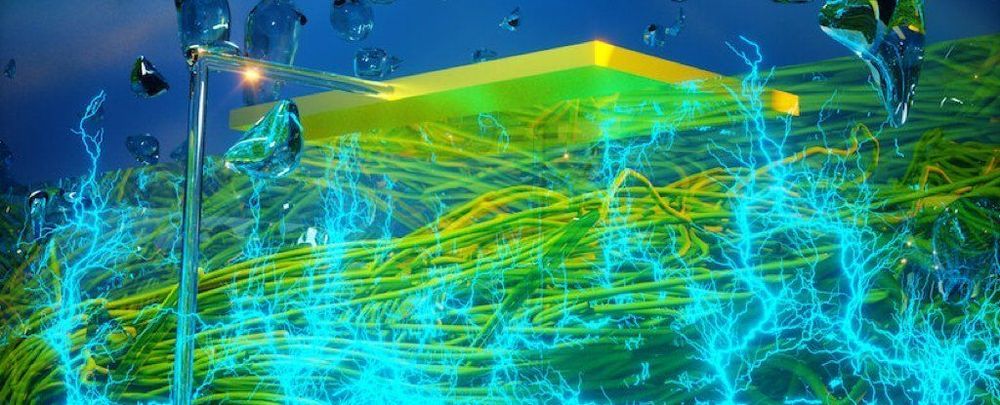
They found it buried in the muddy shores of the Potomac River more than three decades ago: a strange “sediment organism” that could do things nobody had ever seen before in bacteria.
This unusual microbe, belonging to the Geobacter genus, was first noted for its ability to produce magnetite in the absence of oxygen, but with time scientists found it could make other things too, like bacterial nanowires that conduct electricity.
For years, researchers have been trying to figure out ways to usefully exploit that natural gift, and this year they might have hit pay-dirt with a device they’re calling the Air-gen. According to the team, their device can create electricity out of… well, almost nothing.
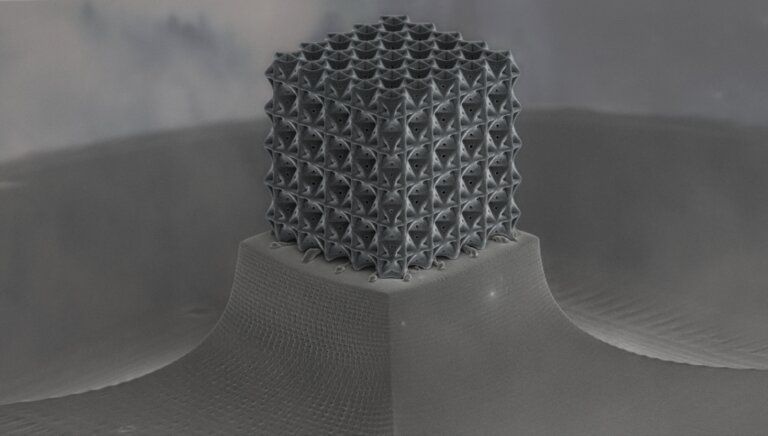
Researchers at the University of California, Irvine and other institutions have architecturally designed plate-nanolattices—nanometer-sized carbon structures—that are stronger than diamonds as a ratio of strength to density.
In a recent study in Nature Communications, the scientists report success in conceptualizing and fabricating the material, which consists of closely connected, closed-cell plates instead of the cylindrical trusses common in such structures over the past few decades.
“Previous beam-based designs, while of great interest, had not been so efficient in terms of mechanical properties,” said corresponding author Jens Bauer, a UCI researcher in mechanical & aerospace engineering. “This new class of plate-nanolattices that we’ve created is dramatically stronger and stiffer than the best beam-nanolattices.”